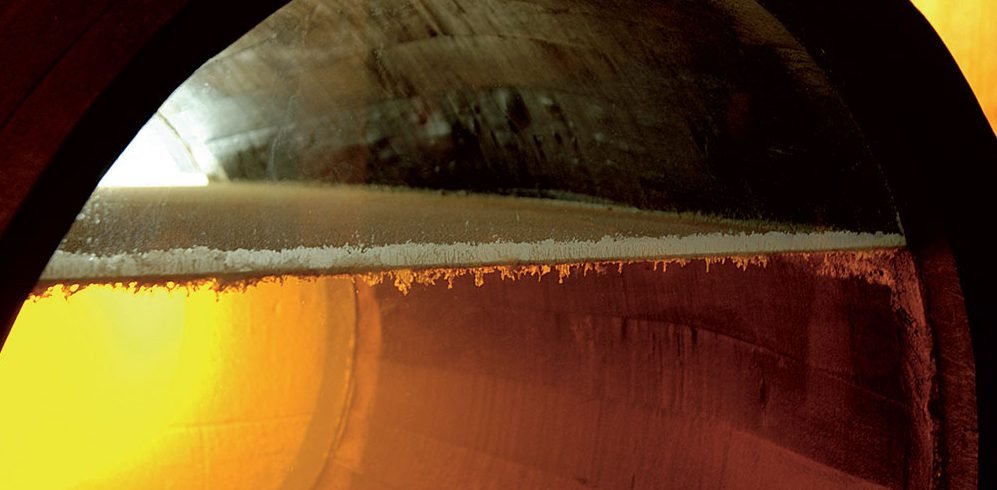Photo credit: Biological ageing in wine, Vinos de Jerez
Flor is the Spanish or Portuguese word for flower. In wine terms, flor refers to a layer or film of yeast that forms on the surface of wines after alcoholic fermentation, under certain winemaking conditions.
When these yeast cells coalesce to form a continuous layer on the top of the wine, they create a protective barrier that inhibits oxygen exposure. This phenomenon is referred to as biological ageing.
Fino style Sherries are famous for their maturation under flor. Vin Jaune from the Jura region in France is another well-known example of wine aged sous voile (a French term which means, under a veil) – although here, the yeast layer is often thinner and not totally hermetic.
How does Flor form?
The yeast responsible for alcoholic fermentation in wine, mainly strains of the species Saccharomyces cerevisiae, generally die off once all fermentable sugars have been consumed. However, some strains can spontaneously transition to an oxidative mode, metabolizing glycerol, alcohol, and volatile acids in wine. These yeast cells float on the surface of the wine and develop a waxy coating. As they multiply, the cells spread out across the surface, forming a continuous layer.
For this to happen, certain conditions must be met:
- Firstly, a specific alcohol range must be reached and/or maintained for the yeast to thrive (and for undesirable microbes to die off). For flor yeast in Sherry, this range is generally between 14.5% to 16% abv and is achieved by fortification. In the Jura, the voile yeasts tolerate slightly lower alcohol levels and are thus, not fortified.
- Secondly, a sufficiently oxygen rich environment is needed. In Sherry, maturation occurs in oak barrels – which are only filled to 5/6ths capacity to encourage flor formation.
- Flor yeast also prefers cooler, wetter conditions. In these environments, the flor layer will generally be thicker and give more pronounced freshness and yeast-driven aromatics.
Each vessel will have a different composition of flor yeast strains. When sampled individually, these barrels have quite distinctive aroma and flavour profiles, each bringing complexity to the final blend.
What does the Biological Ageing Process Bring to Wine?
Biological ageing protects wine from oxidation. Wines aged under an unbroken layer of flor will be very pale in colour with fresh acidity and youthful vibrancy. Where the flor layer is not continuous, as is often the case with the voile in Vin Jaune, this effect is negated.
As it consumes the alcohol in wine, the flor yeast produces acetaldehyde. This compound gives off distinctive bruised apple and nutty aromas.
The flor yeasts also feed off the wine’s glycerol. As glycerol diminishes, the round, smooth mouthfeel of a wine diminishes making it far lighter and somewhat sharper on the palate.
Flor yeast activity also leads to the increase of an aromatic compound called sotolon. At low levels, sotolon gives notes of maple syrup or caramel. At high concentrations, it gives off exotic spice aromas like curry or fenugreek.
Flor Wines to Try
Winemaking experiments with flor are happening all over the world now. From California, to Australia, to Argentina wines labeled sous voile are cropping up – using a range of techniques from strict, reductive biological ageing to a more oxidative approach.
South Africa has a long history of making biologically aged fortified wines, however many producers are now producing flor aged table wines.
*** This Biological Ageing in Wine article was written for SOMM360 Want to learn more about wine & spirits? Check out their excellent learning platform for articles, audio capsules, and loads of fun quizzes to test your knowledge. ***

